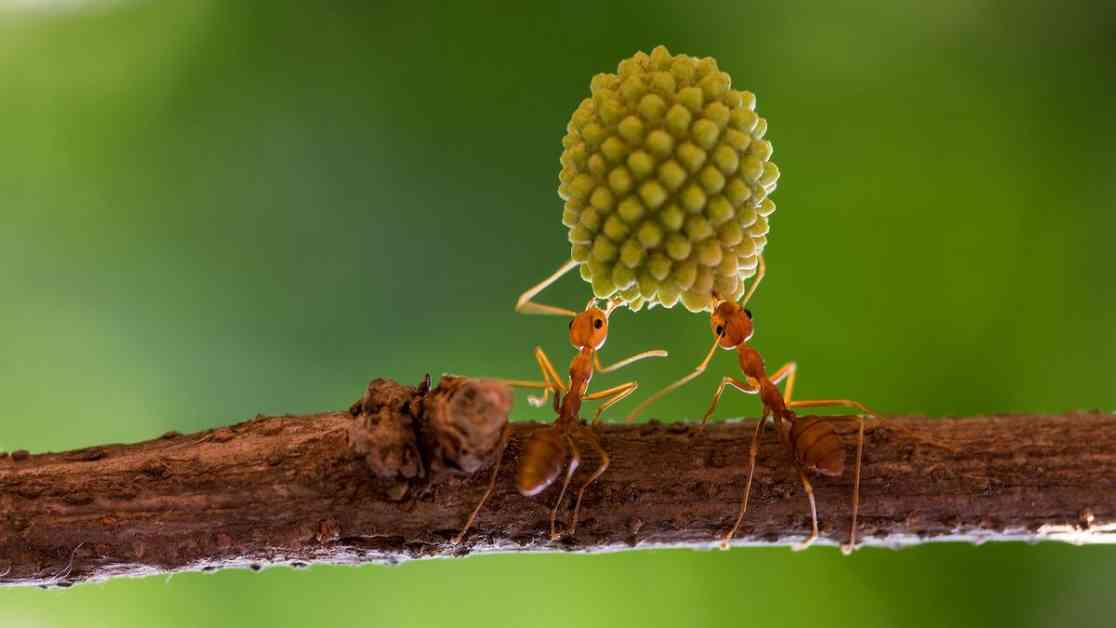Insects, those tiny creatures that seem to be everywhere you look, are actually a lot more interesting than you might think. Scientists have managed to describe over 1 million insect species so far, but the real kicker is that they estimate there could be up to 30 million more out there just waiting to be discovered. These critters have been around for a whopping 480 million years, evolving at the same time as land plants. That’s a lot of history for such small beings!
So, what’s the deal with insects anyway? Well, they come in all shapes and sizes, with a hard external skeleton, three pairs of jointed legs, antennae, and a body divided into three segments (the head, thorax, and abdomen). There are about 1.4 billion insects for every human on Earth, and their combined weight is a whopping 70 times that of all people. These little guys can be found on every continent and in almost every habitat type, ranging from hot deserts to frigid mountain streams. And get this – while 97% of insects live on land, some can actually thrive in freshwater and seawater. Who knew these little bugs were so versatile?
Let’s dive a bit deeper into the world of insects. Did you know that they are the only invertebrates with wings? Most insects have two pairs of wings, but some, like fleas, ants, and lice, go wingless. And get this – parasites can turn insects into real-life zombies! Infected insects end up doing the parasite’s bidding, whether it’s to approach a predator for a fatal snack or take a dive into a pool of water. Talk about a creepy situation! Oh, and many insects are cannibals too. Take praying mantises, for example. The females have been known to attack and eat the males, either during or after mating. Yikes!
Now, let’s talk about some fun facts about insects. Ever wondered how many legs they have? Well, insects have six legs, all attached to the central part of their body called the thorax. These legs are controlled by muscles in the thorax and are specialized for different functions like jumping, swimming, digging, or grabbing prey. Tiger beetles have quick-moving legs perfect for running, grasshoppers have giant back legs for jumping long distances, and praying mantises have grasping legs for catching prey. Pretty cool, right?
But wait, there’s more! Insects have hearts too, but they’re quite different from human hearts. Insects have an open circulatory system, where their “blood” (hemolymph) flows through their bodies without closed veins or arteries. The “heart” in insects is a section of a major vessel that runs along their back from head to tail. It’s divided into chambers with valves and muscles that help hemolymph flow in one direction. Hemolymph plays various roles in insects, from killing parasites to regulating their body temperature. Unlike humans, insects don’t use their hemolymph to carry oxygen around their bodies. They breathe through spiracles, tiny holes in their bodies that allow for gas exchange.
And did you ever wonder if insects sleep? Turns out they do! Even though they don’t have eyelids to close, insects enter a state of rest that scientists call sleep. This downtime helps their brains function better. Insects need sleep to remember where they store food and communicate with each other effectively. For example, honeybees perform better after a good night’s sleep, while sleep-deprived bees struggle to find their way home or locate food. Bees even have a circadian rhythm, sleeping more deeply after a bad night’s rest. So, insects are not so different from us after all!
In conclusion, insects may be small, but they sure pack a punch when it comes to fascinating facts. From their diverse habitats to their quirky behaviors, these little critters never cease to amaze. So, next time you see an insect buzzing around, remember that there’s a whole world of wonder waiting to be discovered right under our noses.










